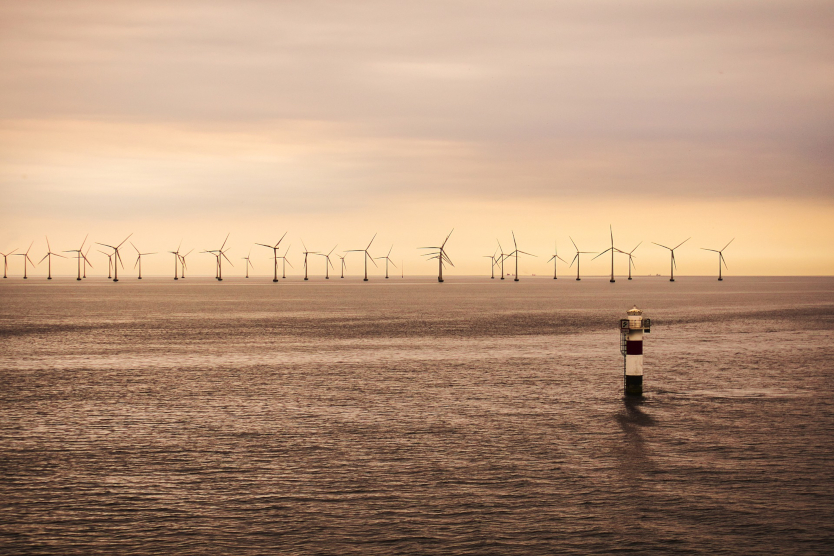
Down-to-the-minute power forecasts could improve the performance of offshore wind farms in the future
© Pixabay
Renewable energy sources such as solar and wind power are the central pillars of the energy transition. However, they are dependent on the weather: even within seconds, weather-related fluctuations can result in massive power fluctuations that can be critical to the stability of the power grid.
Against this background, researchers from the department Stuttgart Wind Energy (SWE) at the University of Stuttgart and the Centre for Solar Energy and Hydrogen Research Baden-Württemberg (ZSW) are developing new methods for predicting the wind power output of offshore wind turbines down to the minute. As part of the Park Cast project funded by the Federal Ministry for Economic Affairs and Energy (BMWi), the project partners are working towards predicting the output of the alpha ventus offshore wind farm in the German Bight off the North Sea coast of Lower Saxony as accurately as possible within the time range of up to 60 minutes.
For this purpose, a lidar device (light detection and ranging) is used, which can measure the wind speed remotely at a distance of up to ten kilometres and thus enables the calculation of the inflow of the wind farm. The data provided by this long-range laser measuring device is fed into a local numerical weather model which determines the current state of the atmosphere at the site. When combined, these data allow conclusions to be drawn as to the strength of the wind both currently entering the farm and also at a later point in time. In addition, a wind farm performance model will be developed which shows the performance of the wind farm for different wind speeds and directions. The researchers are also using artificial intelligence in order to make predictions about power performance.
Finally, the forecast models are validated for alpha ventus in real time in an online test phase. If they prove effective, grid operators will soon have an instrument at their disposal that could predict the performance of offshore wind farms almost to the minute. This would make it possible, for instance, in the event of a foreseeable wind calm, to fire up reserve power plants sufficiently early in order to keep the grid stable.


